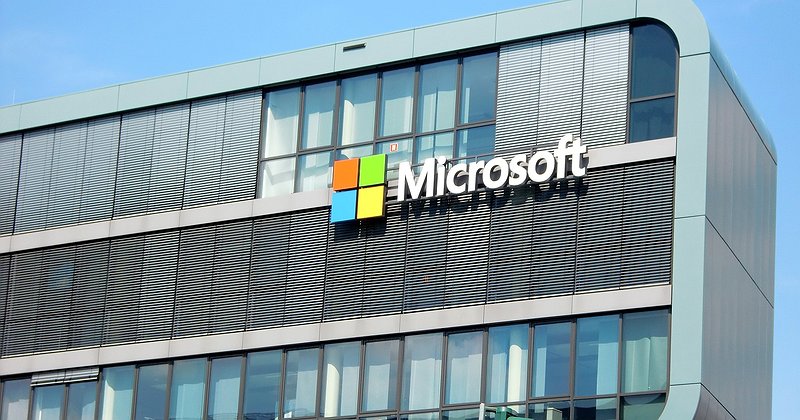It seems everyone nowadays is doing the “cloud thing” or the “Internet of Things” thing. Conglomerate General Electric, which offers everything from power to business transformation is also on the bandwagon, and they’ve now announced that Predix, their Internet of Things (IoT) platform, will move to Microsoft’s Cloud Infrastructure-as-a-Service platform Azure.
The move is significant because is is more of a partnership than a client-vendor relationship. Microsoft needs more big ticket names on Azure as much as GE needs a solid cloud platform on which to rest its IoT offering.
The deal will allow Predix – essentially an IoT platform for industrial machines to be interconnected – to use Microsoft’s cloud applications and capabilities. Those capabilities include artificial intelligence, natural language programming and some advanced predictive analytics, which will be used to optimize those industrial machines – everything “from train wheels to package shipping machines”, as WSJ author Austen Hufford puts it.
Why This is Critical for Microsoft
The cloud industry is one of the fastest growing segments within technology. Estimates currently put global cloud revenues at well over $100 million, and growing at somewhere between 20 and 30% every year. In itself, that’s of significance, but of greater significance from this story’s viewpoint is Microsoft’s need to compete with players like IBM and Amazon’s Amazon Web Services (AWS), which are the current leaders in cloud infrastructure.
AWS has been the leader in this segment for a long time – since its inception in 2006, as a matter of fact. However, second place hasn’t always been that clear. The two biggest contenders so far have been IBM and Microsoft, with Google, Oracle and a few other players on the fringes.
Microsoft has reported a consistent doubling of Azure revenues quarter over quarter, but a recent report from the IDC shows that IBM’s SoftLayer is actually the second largest service after AWS in terms of revenues.
And that’s why this deal is critical for Microsoft. By engaging with a major player like GE, they can create synergies in several other areas that will involve their key growth drivers for the future – Office 365 and Windows 10.
It’ll be interesting to see how this relationship pans out over the next few months. Stay tuned.



